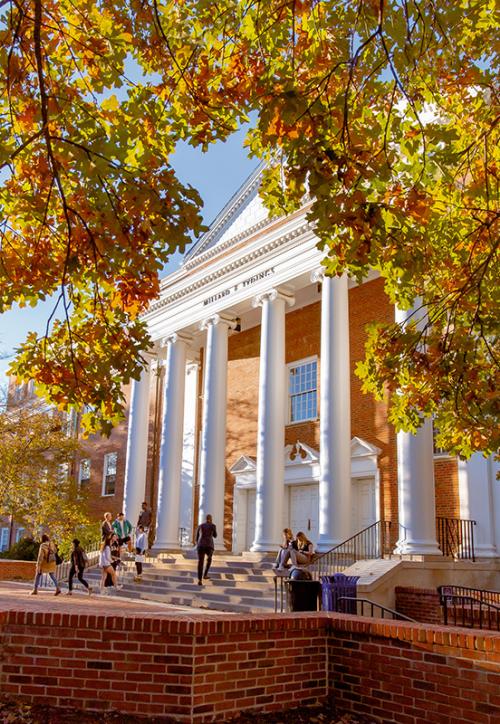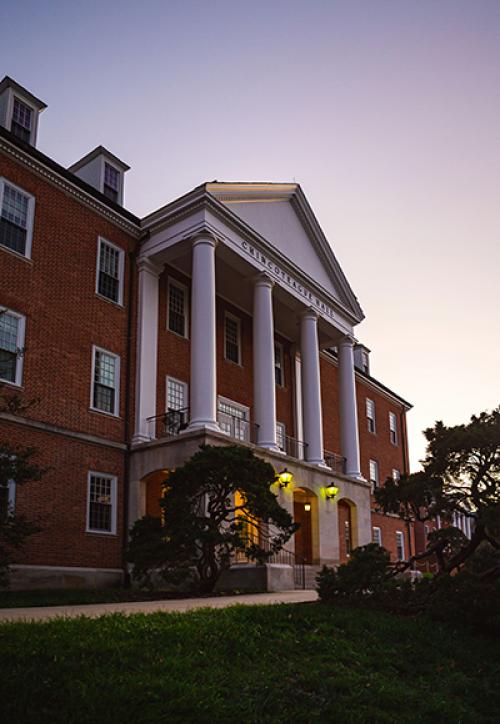Rethinking the Unemployment Rate
Two UMD Economists Develop New Metric for Assessing U.S. Job Market
With unemployment at a 50-year low, you might think the tight labor market would be causing marked increases in wages. That's not happening, and two UMD economists offer a new theory why: The job market is not quite as strong as the unemployment rate suggests.
Earlier this month, Professor Katharine Abraham presented a paper co-authored with Professor John Haltiwanger at a conference for members of the Federal Reserve System outlining why policy officials should look beyond the unemployment rate.
One of the major problems, the UMD economists say, is that the unemployment rate takes into account only people not currently employed who want to work, are available immediately to work, and have actively searched for work during the past four weeks.
“If we’re trying to figure out how high employment can go, it’s important to think more broadly about the people who are potentially available,” Abraham said. “Of all the jobs that get filled from one month to the next, only about 30 percent are filled by people who were categorized as unemployed. People who hadn’t searched recently or didn’t want a job immediately when they were surveyed in the previous month aren’t counted and people who might want to switch from one job to another that makes better use of their skills aren’t considered either.”
For assessing how tight the labor market really is, Abraham and Haltiwanger say, it’s also important to think about the job openings that are available and how hard employers are trying to fill them. They propose a new metric calculated as the ratio of effective job vacancies to effective job searchers, where the latter takes into account not just the unemployed but everyone who might potentially fill an employer’s vacant job.
Based on that metric, Abraham and Haltiwanger say, the current job market looks similar to that of late 2000 or early 2001. “In contrast to what the current unemployment rate would suggest, we don’t have to reach all the way back to the late 1960s to find a comparatively tight market,” Abraham said.
Because the Federal Reserve looks at information on labor market conditions to decide where it should be setting interest rates, data that overstate how tight the market is might lead members “to push interest rates up to cool the economy down, when that really isn’t necessary,” Abraham said.
According to Abraham, it would be easy to implement the metric she and Haltiwanger created using data already collected through the Current Population Survey, a monthly household survey on labor market activity, and the Job Openings and Labor Turnover Survey, a monthly employer survey launched in early 2001 during Abraham’s tenure as U.S. Commissioner of Labor Statistics.
While the authors say their argument was well received by the Federal Reserve System officials who participated in the conference, they also hope it will lead to further discussions about the best measures to look at to understand conditions in the labor market.
Published on Tue, Jun 18, 2019 - 2:23PM



